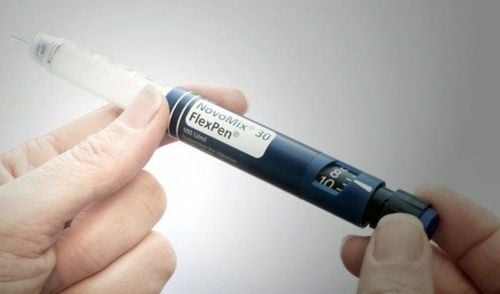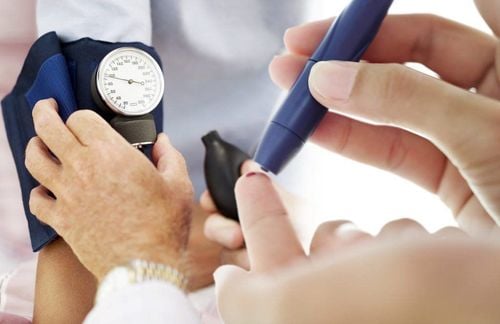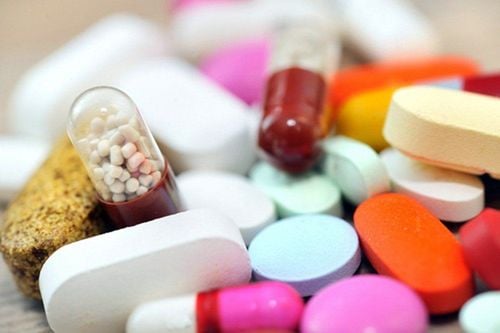This is an automatically translated article.
Certain foods can cause your blood sugar to rise very quickly. That's because carbohydrates convert to glucose, the sugar your body uses for energy. Eating a lot of carbohydrates makes it difficult to control blood sugar, even with insulin and diabetes medications.
1. What is the glycemic index (GI)?
The glycemic index provides a way to say "good carbs" i.e. how slow a food affects blood sugar, and from "bad carbs" i.e. how quickly a food affects working blood sugar fast.
The glycemic index is a number that provides information about how quickly the body converts the carbs in food into glucose. Two foods with the same amount of carbohydrates can have different glycemic index numbers. The smaller the number, the less the food affects your blood sugar.
GI of 55 or less, ie low GI (good) GI 56-69, mean GI GI 70 or more, high GI (bad) Glycemic index information may be You can also find glycemic index lists for popular foods on the Internet.
Foods that are close to how they are found in nature tend to have a lower glycemic index than refined and processed foods.
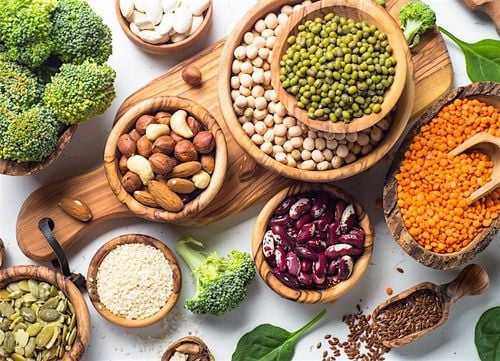
Chỉ số đường huyết thể hiện thời gian chuyển đổi carbs trong thực phẩm thành glucoso
2. The glycemic index is subject to change
The glycemic index listed on the label may be different after you have cooked it. Some of the factors that lead to this change include:
Preparation: Fat, fiber and acids (like lemon juice or vinegar) lower the glycemic index. The longer you cook starches like pasta, the higher their glycemic index will be. Ripeness: The glycemic index of fruits like bananas increases as they ripen. Eat different foods at the same time: Lower the overall glycemic index of a meal by combining foods with a high glycemic index with foods with a lower amount. Age, activity level, and the rate at which food is digested also affect how your body responds to carbs. If you have a diabetes complication called gastroparesis, which slows down the digestion of stomach food, your body will absorb food much more slowly.
Trắc nghiệm dành riêng cho người mắc đái tháo đường: Chế độ ăn của bạn đã hợp lý chưa?
Người bị bệnh đái tháo đường cần phải quan tâm nhiều hơn đến cách tính toán khẩu phần ăn sao cho phù hợp với nhu cầu và tình trạng sức khỏe. Nếu chưa rõ, bạn có thể tìm hiểu kỹ hơn thông qua bài trắc nghiệm ngắn sau đây.3. Glycemic load and good diet
The glycemic index isn't the only thing you consider when making choices about what to eat. The fact that a food has a low glycemic index doesn't mean it's super healthy, or that you should eat a lot. Calories, vitamins, and minerals are also still important.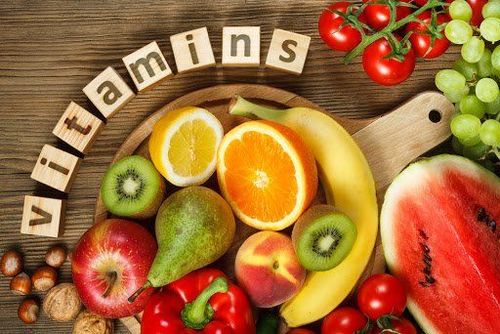
Ngoài chỉ số đường huyết thì bạn cũng cần bổ sung đầy đủ vitamin cần thiết cho cơ thể
Portion size is also important. The more carbs you eat, the more they will affect your blood sugar.
Glycemic load helps you take in both the quantity and quality of your carbs at the same time. Loads below 10 are low and more than 20 are high.
For a diet with a lower glycemic load, eat:
Lots of whole grains, nuts, beans, fruits, non-starchy vegetables and other foods with a glycemic index low Eat less foods with a high glycemic index, such as potatoes, white rice, and white bread Eat less sugary foods, including candy, cookies, cakes, and sweetened beverages You can still eat foods with high glycemic index. Just enjoy them in smaller portions, and make up for them with foods that are high on the nutrient index and low in blood sugar.
If you have a need for consultation and examination at the Hospitals of the National Health System, please book an appointment on the website for the best service.
Articles refer to the source: webmd.com
Please dial HOTLINE for more information or register for an appointment HERE. Download MyVinmec app to make appointments faster and to manage your bookings easily.




